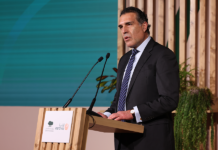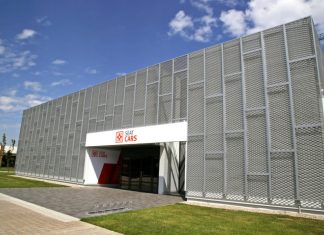
Around the world, oil majors are increasingly exploring the potential to create new business by breaking down hydrocarbons into their constituent parts of hydrogen and carbon and developing new uses for them. Saudi Aramco’s investments in Carbon Capture and Storage (CCS) and in industrial applications for carbon dioxide have already provided the company with a leading position in the global CO2 value chain, from polyols to cement. Now Aramco is emerging as a pioneer in the development of technologies for the production and distribution of hydrogen.
Aqil Jamal, chief technologist of the carbon management division at Saudi Aramco’s R&D centre, talks to Buzz about the complementarity of CCS and hydrogen production and about the future uses for carbon dioxide and hydrogen.
Q&A with Aqil Jamal, Chief Technologist, Carbon Management Division, Research & Development Centre
When did Saudi Aramco start investing in Carbon Capture and Storage (CCS) and how much progress have you made since then?
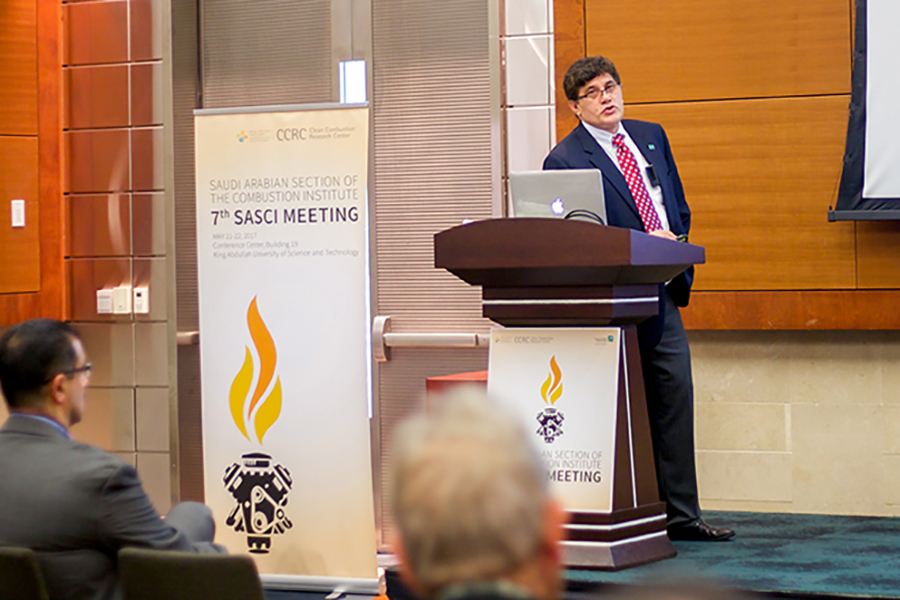
We have been working on CCS for quite some time. In the early 1980s, when we were still flaring associated gas, there was a decision made at the highest level to invest in gas systems which reduced flaring almost to zero. Currently we are flaring well below 1% of the gas we produce. We are one of the best performing oil and gas majors. We have avoided the emission of 80 to 100 million tons of CO2 per year as a result of this decision.
“We are looking at various ways to capture the CO2 and to convert it into useful products.”
Aqil Jamal, Chief Technologist, Carbon Management Division, Research & Development Centre
About the year 2011, we started our first mobile carbon-capture demonstration in a Ford F-150 truck. We wanted to demonstrate that there are solutions for reducing carbon emissions from automobiles. We were able to reduce 10% of the CO2 emissions. In 2013, we then demonstrated CCS in a passenger car, compacting the system to achieve a 30% reduction. Now we are working on an initiative where we will demonstrate on an 18-wheeler truck how we could potentially capture about 50% of the CO2 emitted.
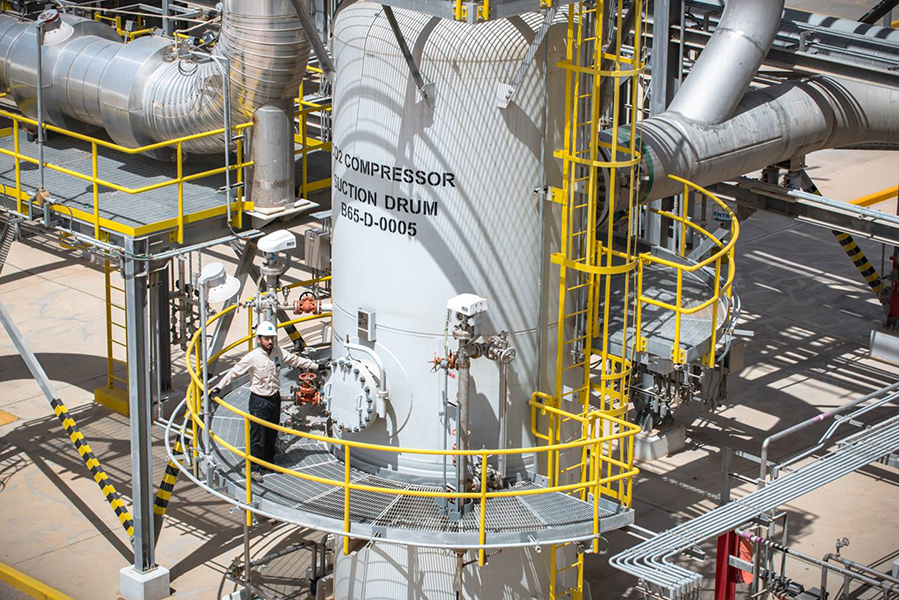
The question now is how to put the CO2 captured to the best use. CO2 is the most oxidized form of carbon. We are looking at various ways to capture the CO2 and to convert it into useful products.
A notable example is our acquisition in 2016 of Converge polyol technology from Novomer. The technology converts CO2 to polyols that are composed of up to 40-50% CO2 by weight. The global usage of polyols is dominated by foam applications, both flexible and rigid. The Converge material is also used for coatings, adhesives, sealants and elastomers.
We consider CO2 not just as waste but as feedstock. That is our emissions-to-value strategy.

What other applications for CO2 are you exploring?
We have made a major investment – in the order of hundreds of millions of dollars – in a pilot project in which we are injecting 800,000 tons per year of CO2 in four injection wells and four production wells for Enhanced Oil Recovery (EOR). This is heavily instrumented. It is one of its kind in the region. The data we are generating could be utilized by companies who need CO2-based EOR.

Another investment that we have made is in CO2 capture and utilization. The solutions for CO2 utilization will come from materials science and investment in fundamental research. In 2013, we opened a centre fully dedicated to carbon-management-related research located at the campus of The Korean Advanced Institute of Science and Technology. More than 100 faculty members and doctoral and post-doctoral researchers are currently working on long-term solutions for CO2 utilization.
We are now nearing the pilot stage for CO2-to-cement technology. This came out of our investment in Korea. will be demonstrating that CO2 could be used for curing pre-cast cement. About 20% by weight of this cement could potentially be CO2. The cement material that is produced, as a result of CO2 curing, not only permanently stores the CO2: it also has better properties in terms of mechanical strength and durability.

What do you think is the potential for hydrogen and how is Saudi Aramco getting ready?
Over the last two to three years, we have carried out a very comprehensive assessment of providing hydrogen to the world as a fuelling option. Hydrogen fuel cell cars give drivers the same 3- to 5-minute refuelling experience that they have with ICE engines. It also gives you similar or higher range. You could easily go 300+ miles on a full tank.
We have looked at how to provide hydrogen to the world as a form of energy. We could convert the energy we have in hydrocarbons into hydrogen and we can capture the CO2. We could convert 100 BTUs of oil and gas into almost 80 BTUs of hydrogen, with 20 BTUs spent in capturing the CO2 and producing the hydrogen. Oil and gas could become a clean source of energy that could be potentially supplied to the world.
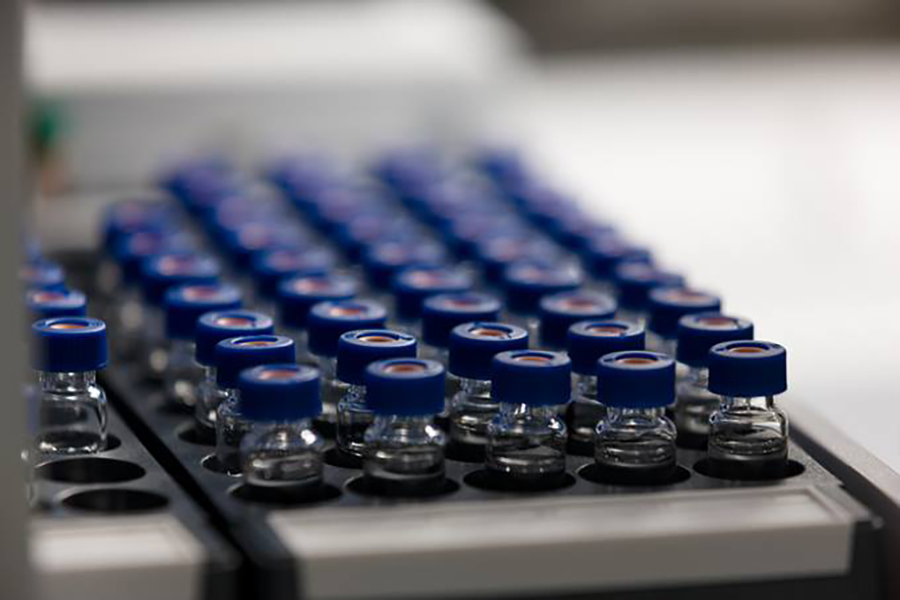
We could produce the gas in Saudi Arabia and transport it as liquid hydrogen or ammonia, or in some other sort of hydrocarbon carrier. We believe that the best way to transport hydrogen is through hydrocarbons. Hydrocarbons are generally composed of around 16 to 17% by weight of hydrogen. For example, we could take the hydrocarbons to Northeast Asia – Japan or Korea – where they could convert LPG or naphtha into hydrogen and bring back the CO2 that they capture for storage or for EOR.
How are you investing in hydrogen fuel infrastructure?
We are working on this in partnership with Air Products, which is a major hydrogen fuelling station owner and operator in California and which owns major technologies around the world. We have collaborated and established an agreement to jointly establish a station in Saudi Arabia. This will be the first hydrogen fuel cell vehicle fuelling station in Saudi Arabia.
In the first phase, we are bringing hydrogen from a facility where Air Products is producing hydrogen. In the second phase, we will produce on-site hydrogen. That is two years away. We are also getting six Mirai cars from Toyota. We will be monitoring their progress, performance and fuelling time and looking at the impact of the hot and humid summer climate conditions of Saudi Arabia on refuelling.
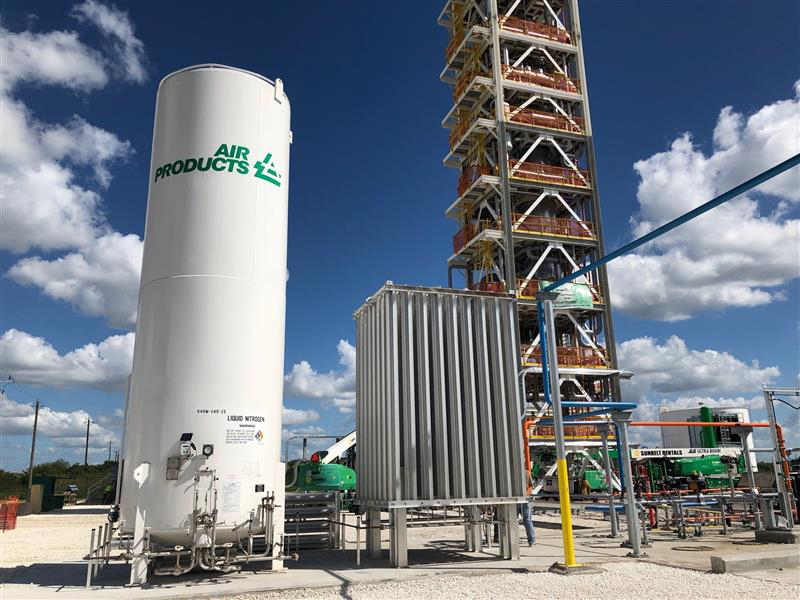
We also have plans to put a station inside our campus, where we think we could use a few buses as well as cars running on hydrogen. This would help us better understand the hydrogen value chain. Our overall concept is about producing hydrogen on-site and capturing the CO2, which could be brought into a centralized location where it could be used for EOR or it could be combined with renewable electricity to make other products.
What role do you think hydrogen will play in the future of mobility?
I think battery electric vehicles will have a part role to play, especially in urban mobility, maybe in small passenger vehicles with a limited range. However hydrogen fuel cell vehicles can cover a much wider segment, from SUVs to commercial vehicles to buses and even trains.
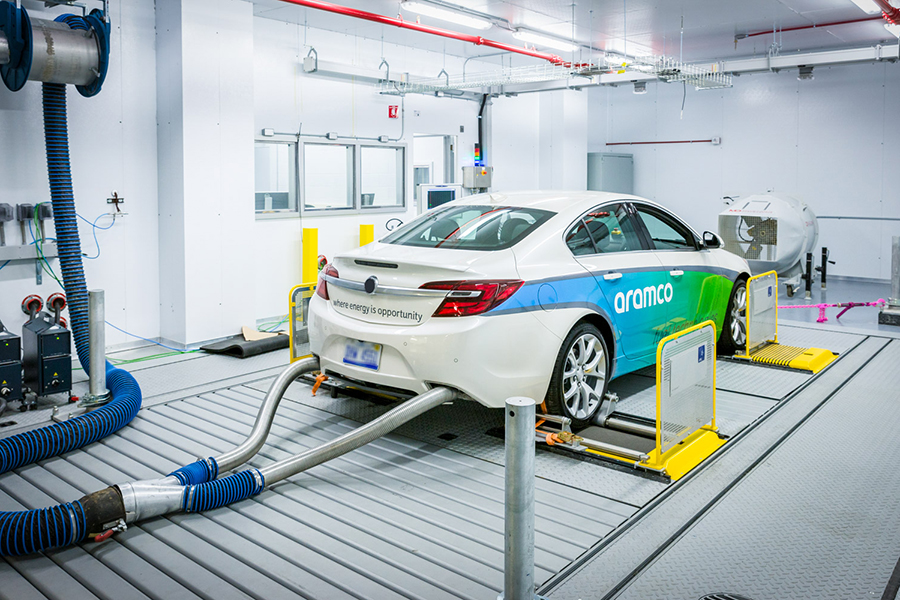
Hydrogen may play a much bigger role in the mobility space. It gives you the same refuelling experience and time as an ICE engine and at the same time it gives you a much wider range. That is where we believe that it will have a much bigger impact.
How will Saudi Aramco produce hydrogen?
The most efficient and the most widely applied process today is steam reforming hydrocarbons such as naphtha or natural gas or LPG. We can collect 80 to 85% of the energy that is in these hydrocarbons in the form of hydrogen, while capturing the CO2.
“Our focus is on carbon-capture utilization and hydrogen. These two are not independent of one another. They are intrinsically linked.”
Aqil Jamal, Chief Technologist, Carbon Management Division, Research & Development Centre
In the future, renewables and other forms of energy will start to play a role in producing hydrogen through water-splitting, etc. The capital costs of renewables right now is too high.
The challenge is to make the process compact and to capture the CO2 in the most cost-efficient way. Then the question is, once you have captured the CO2, how to transport it to a centralized place in the most efficient way.

How are these investments in CCS and hydrogen preparing Saudi Aramco for the emergence of a hydrogen economy?
To summarize our discussion today, our focus is on carbon-capture utilization and hydrogen. These two are not independent of one another. They are intrinsically linked.
Today, if you are talking about establishing a hydrogen economy and using hydrogen in mobility, the most cost-effective option is through hydrocarbon reforming. If you really want to establish a hydrogen economy, this is the best way. In the future, hydrogen production can gradually become greener.
Right now, if you want to jump-start the hydrogen economy, this is the way to go and this is where we think Saudi Aramco could make a difference![]()



















